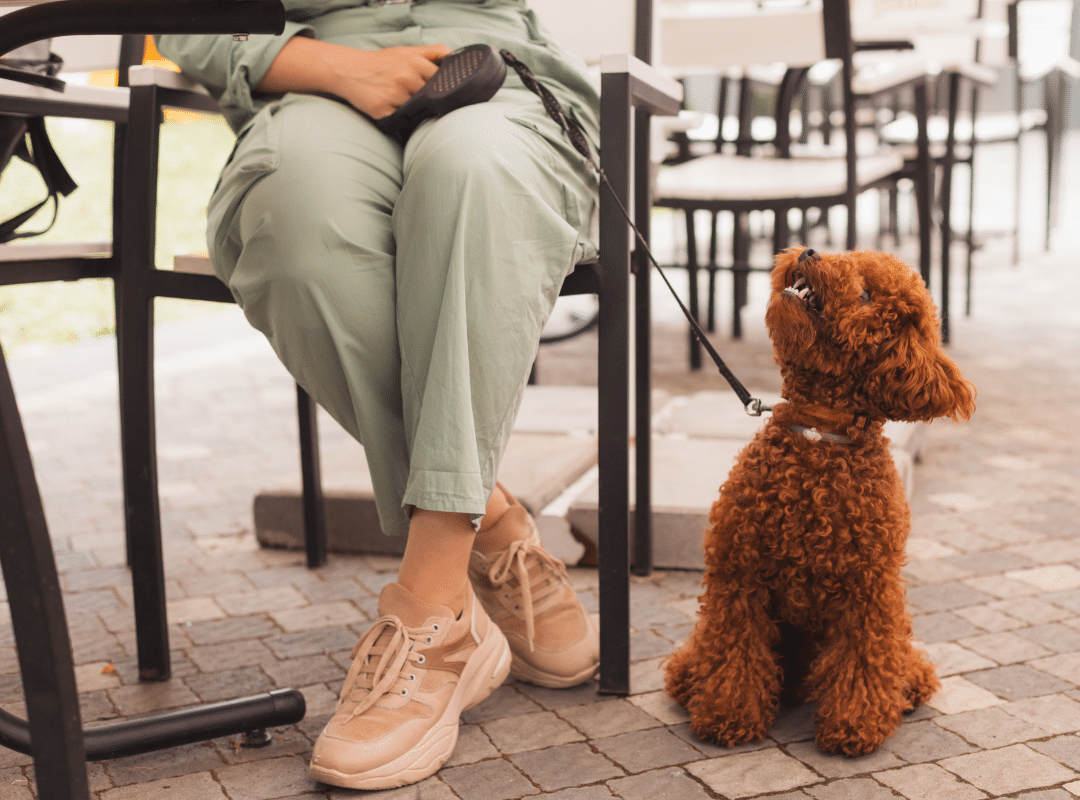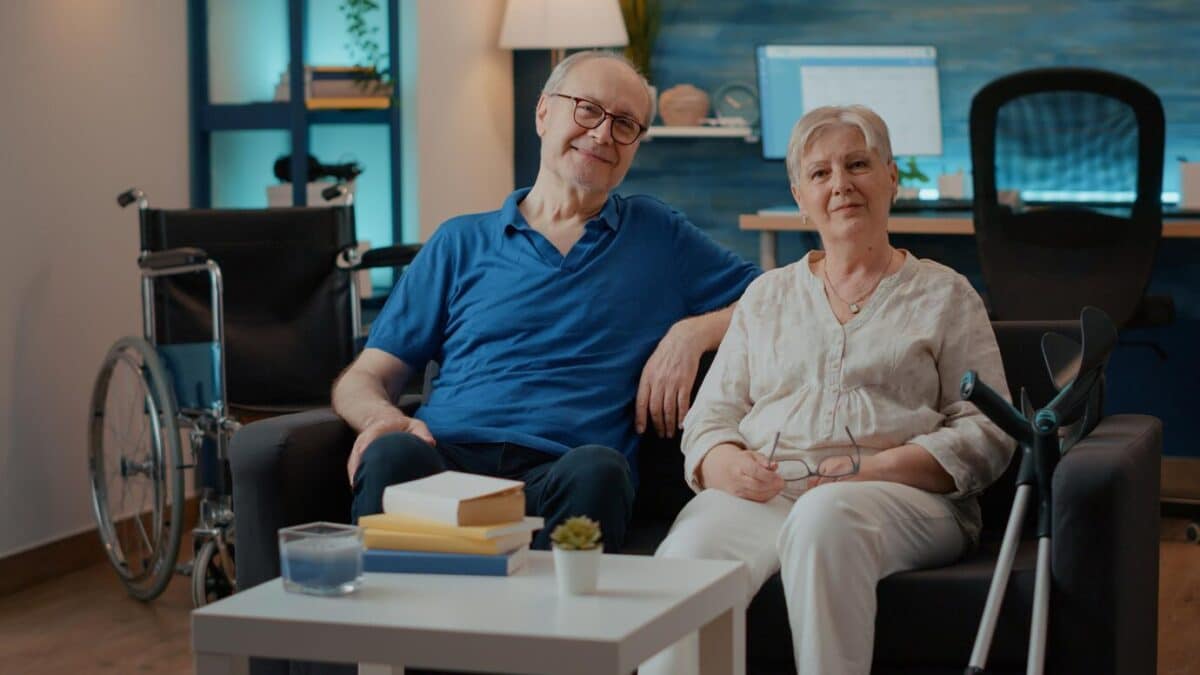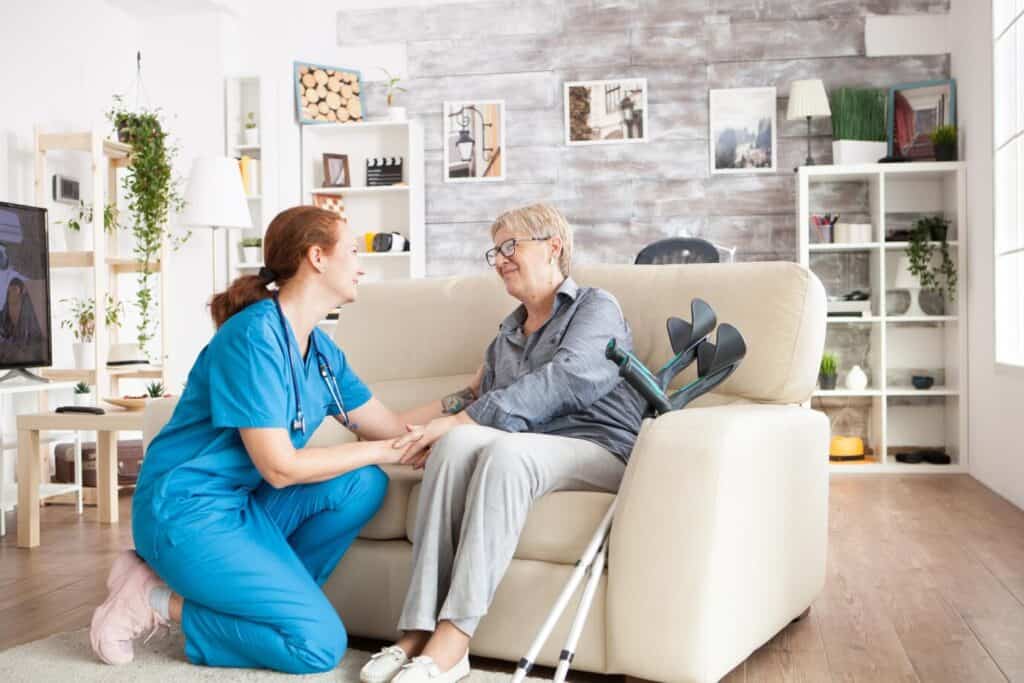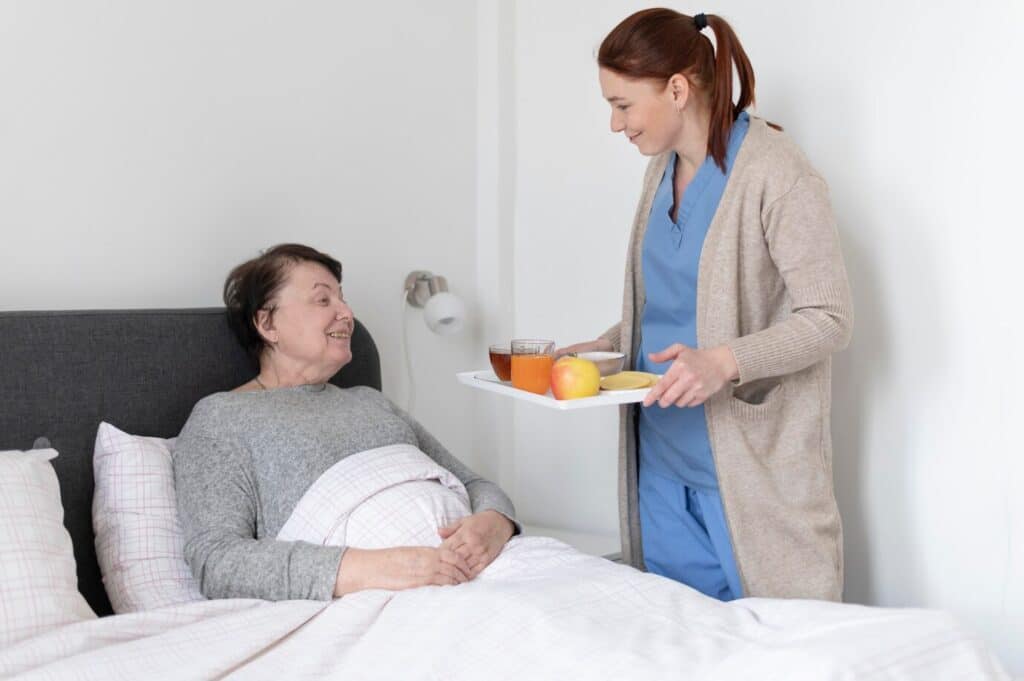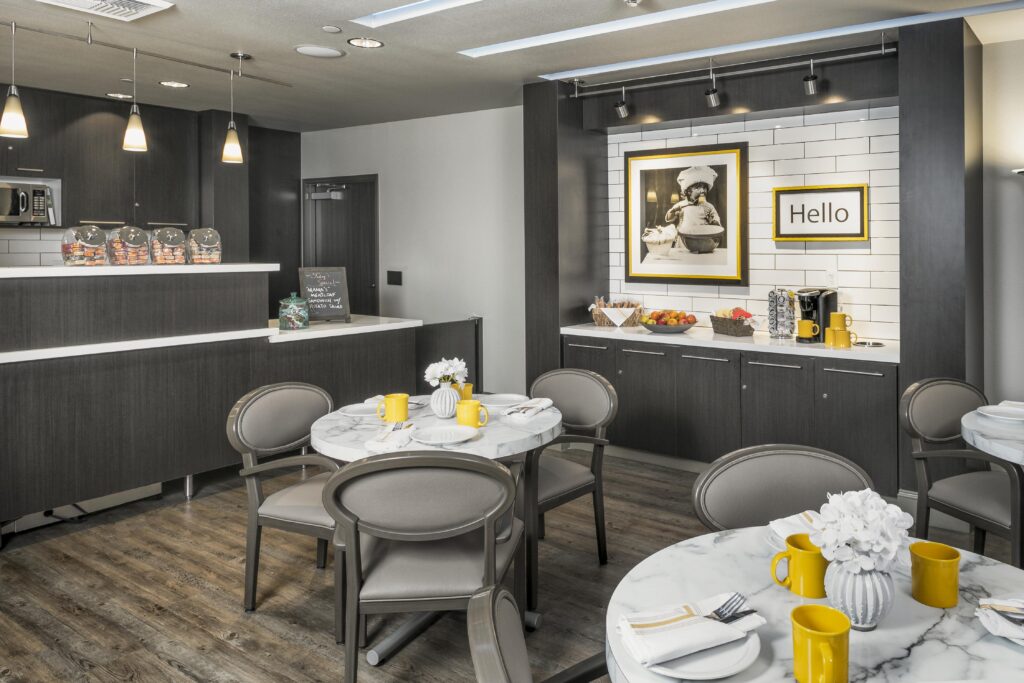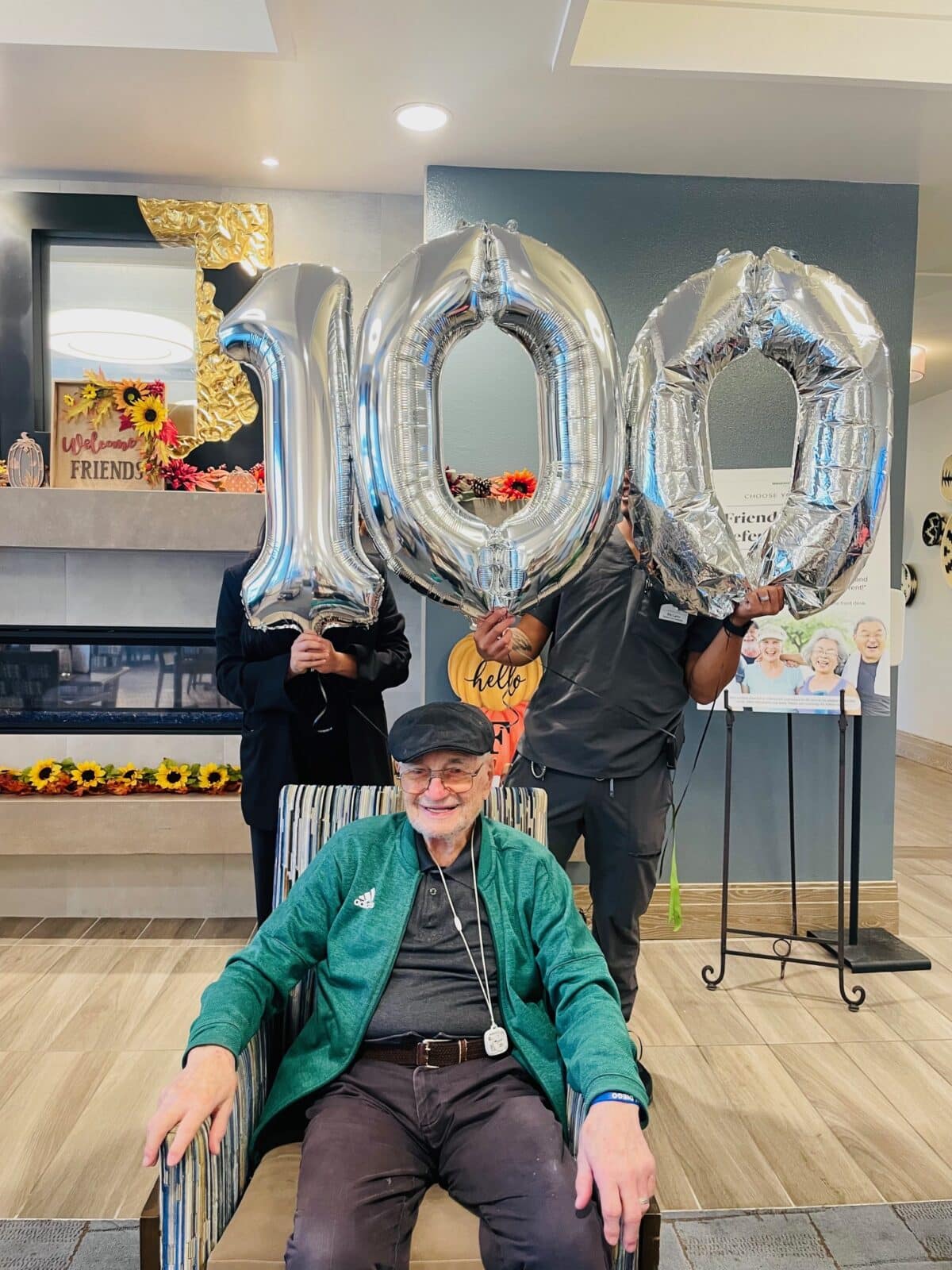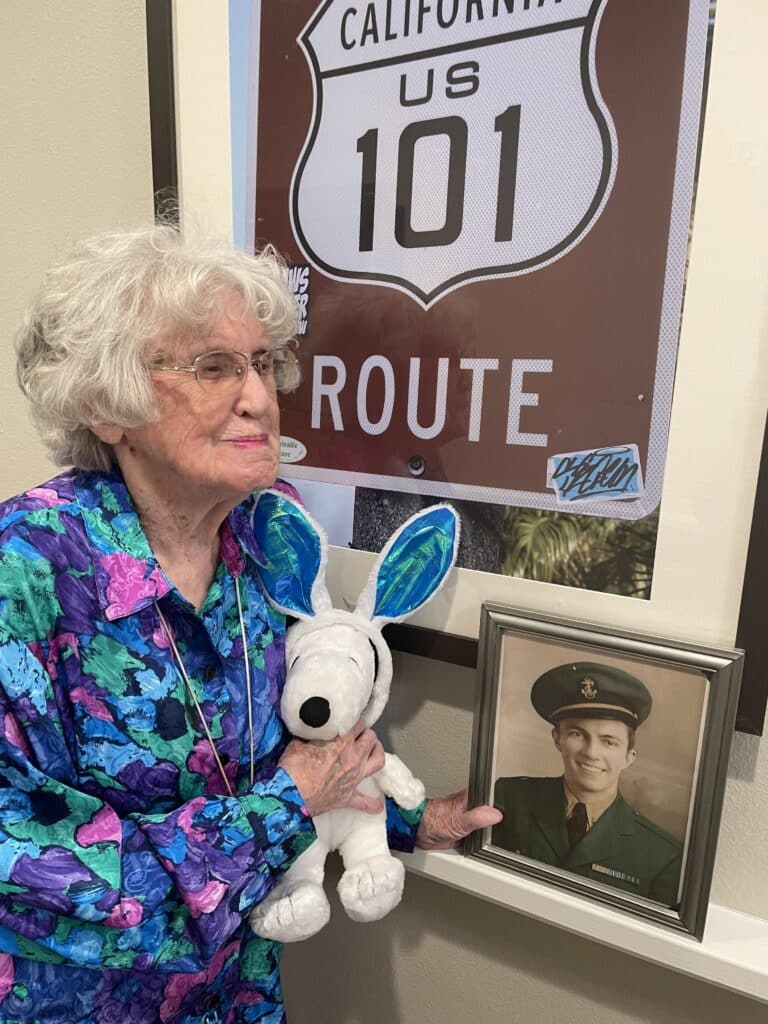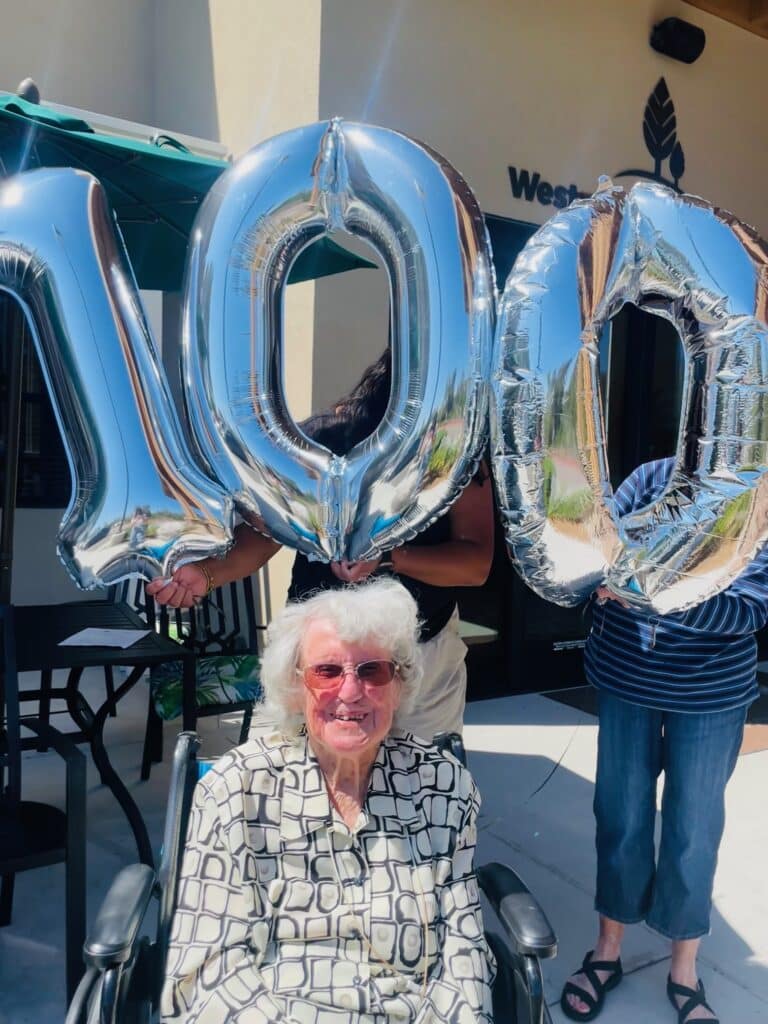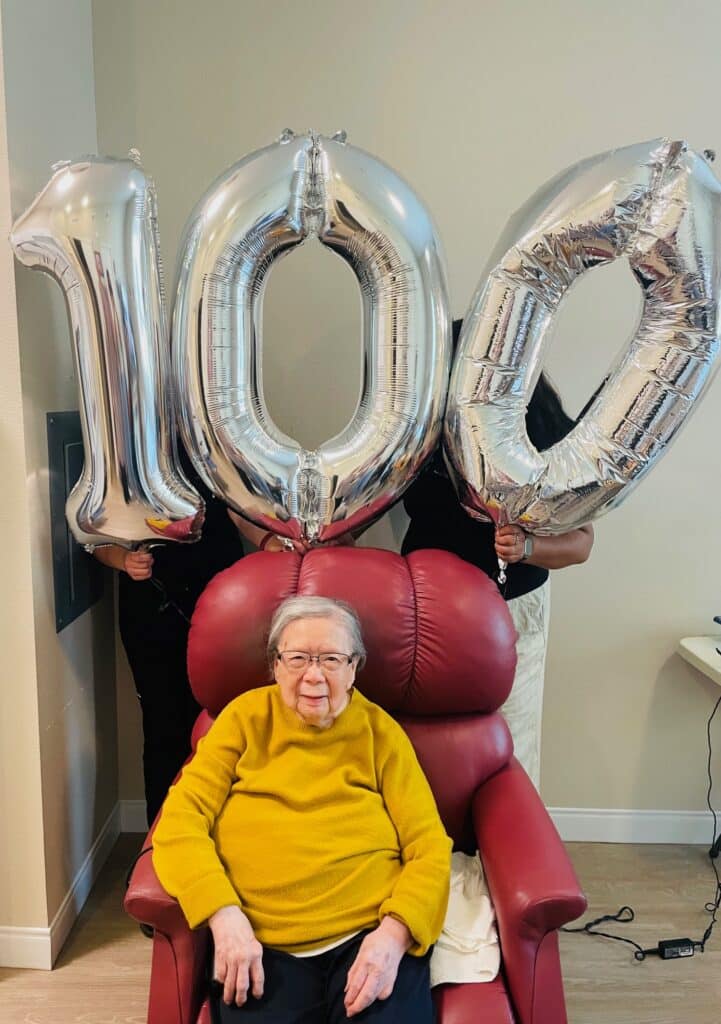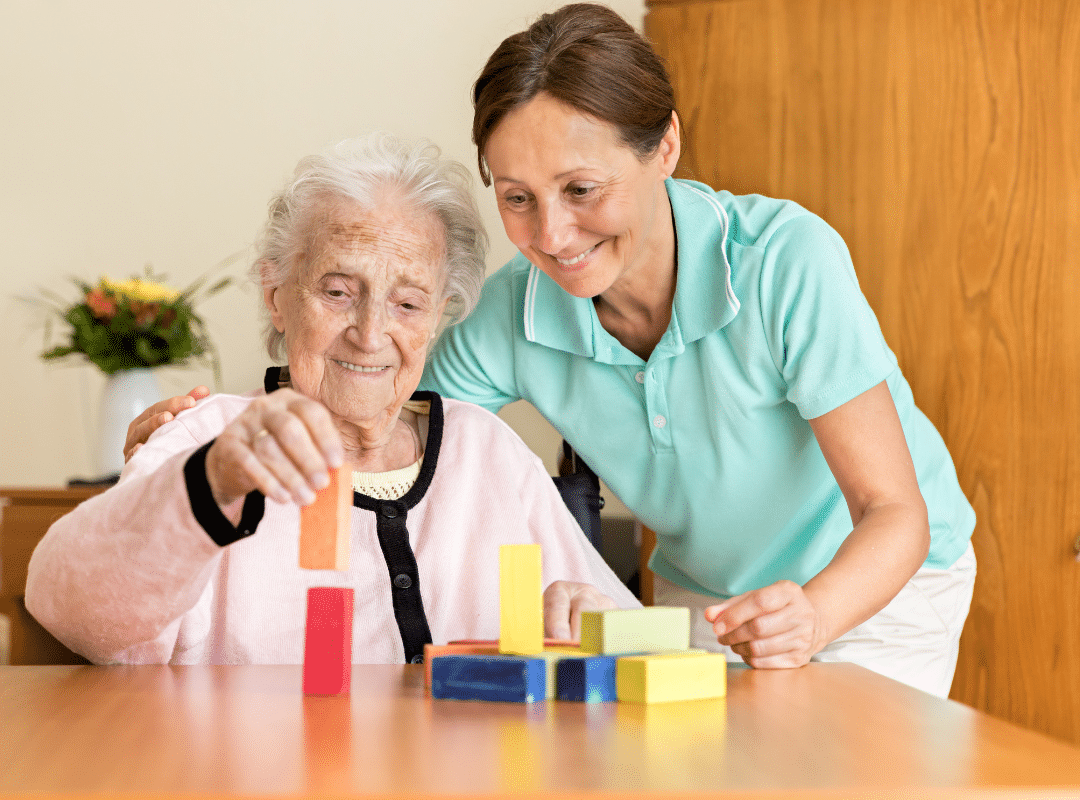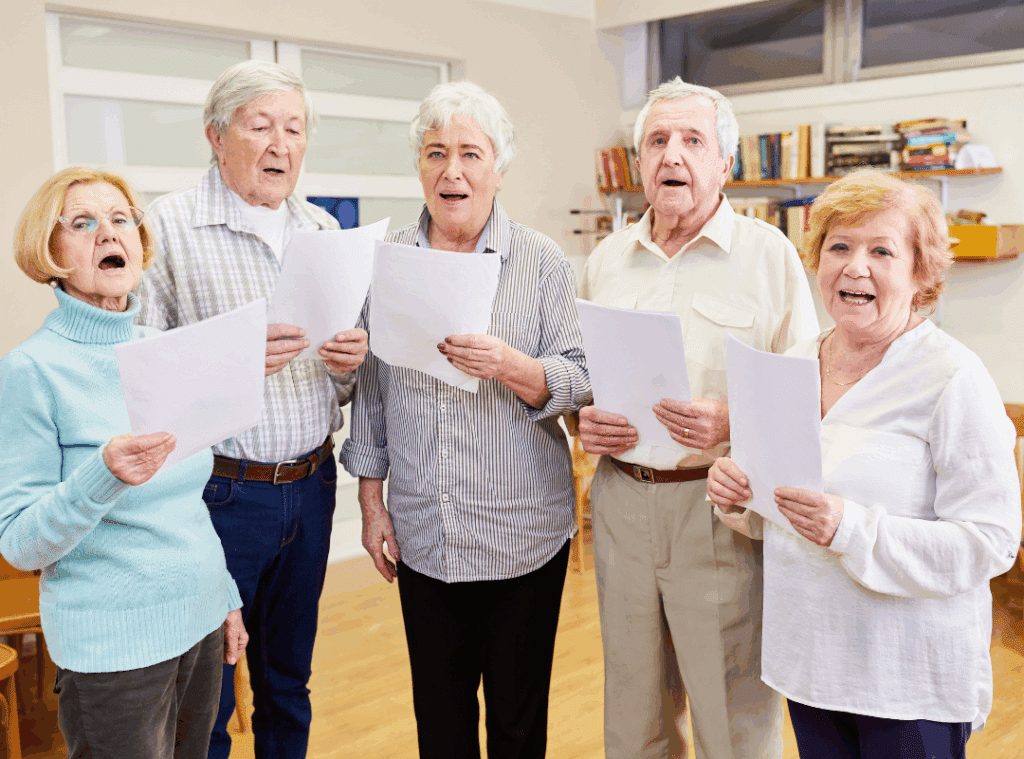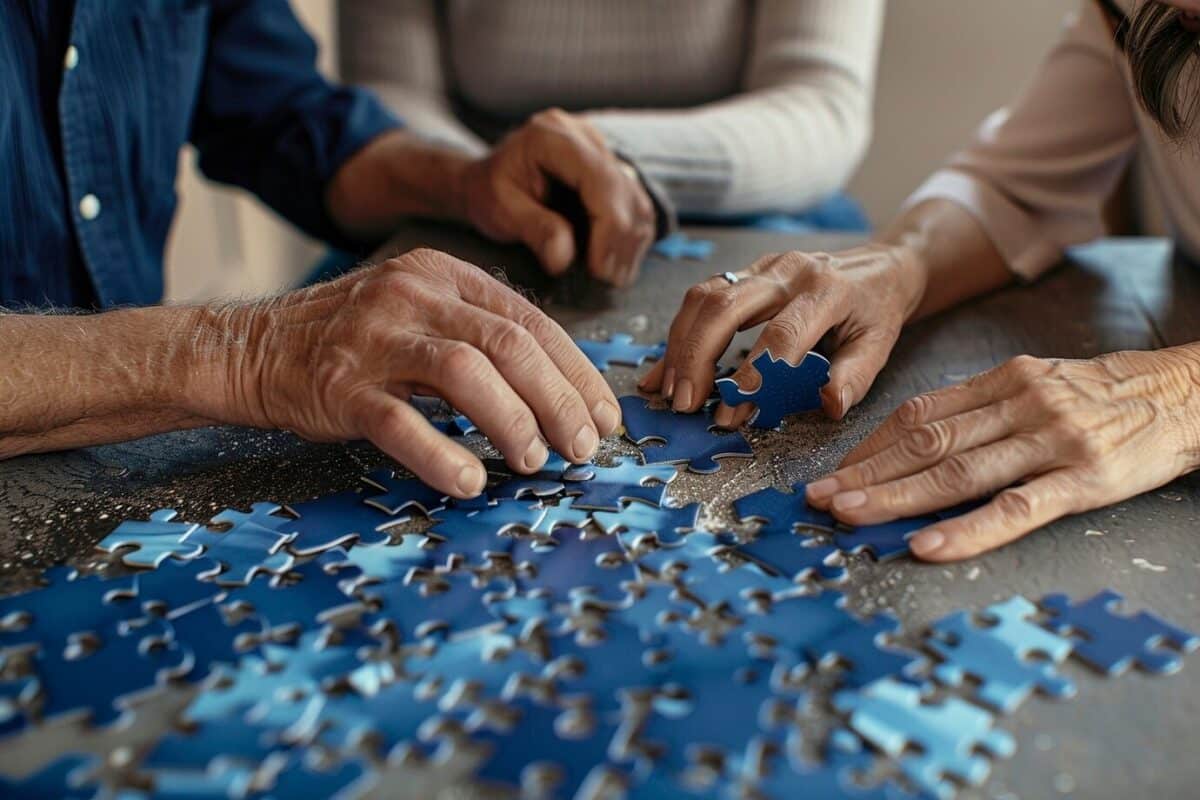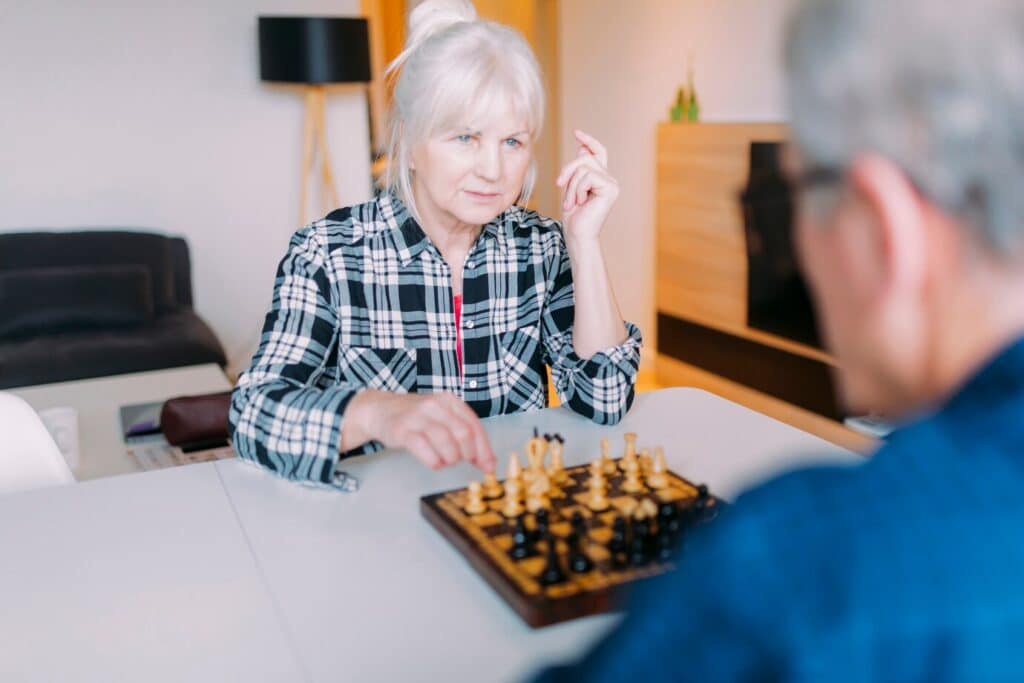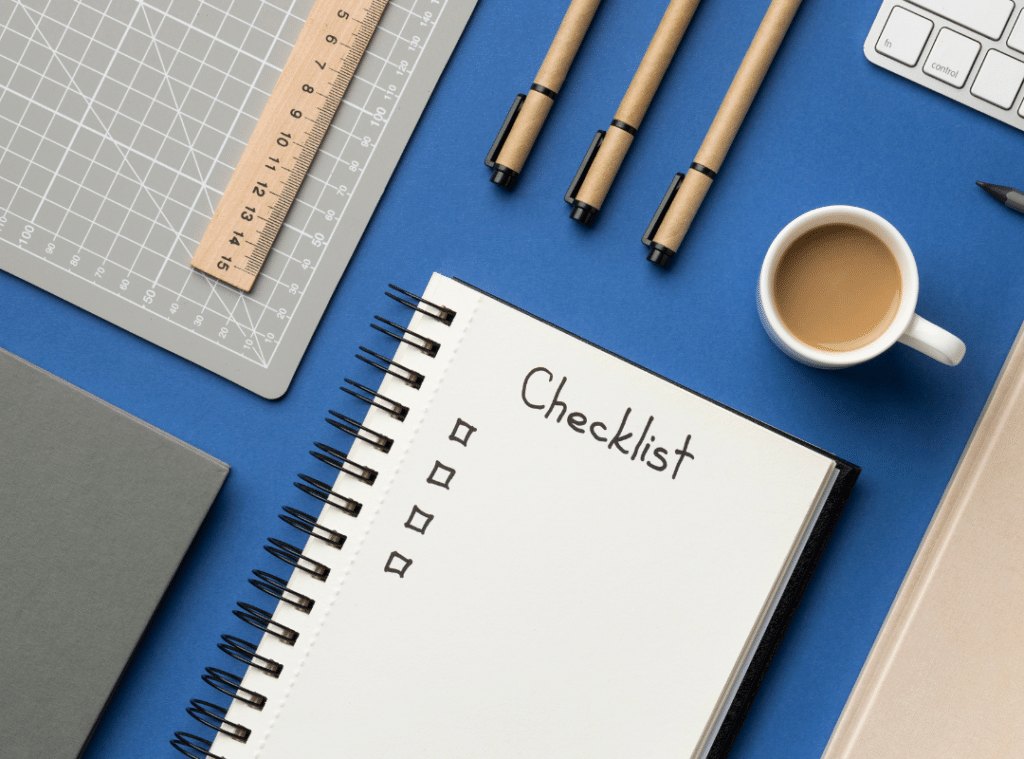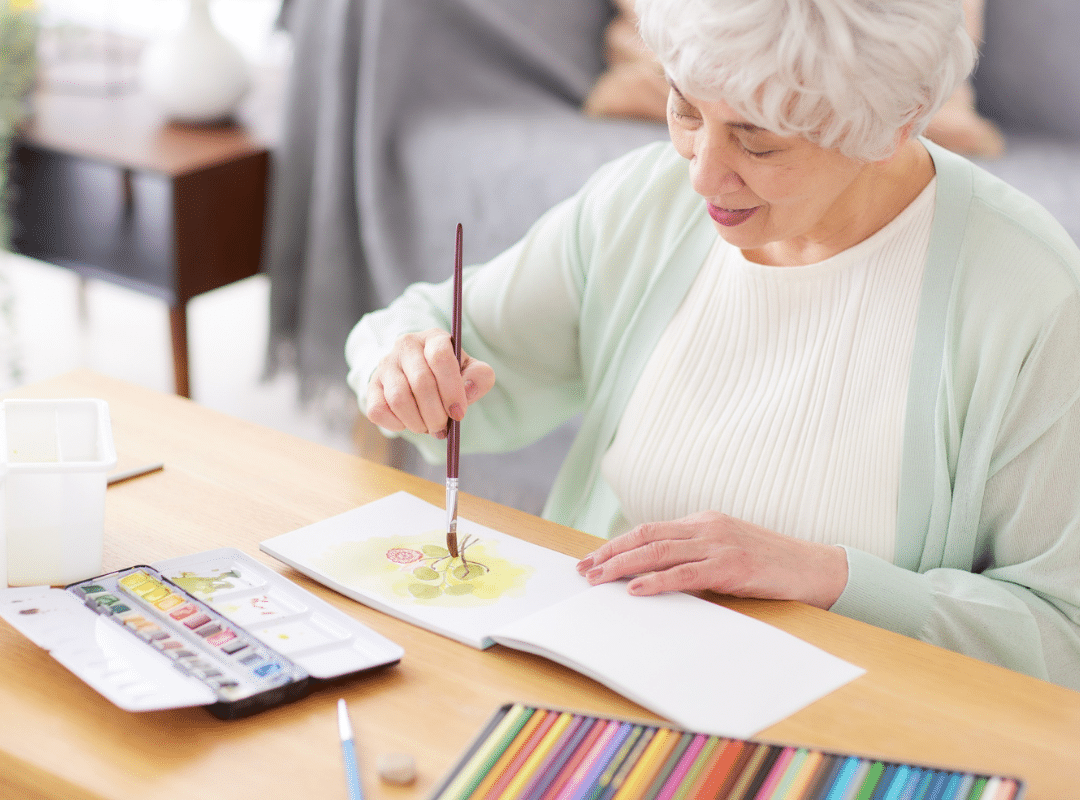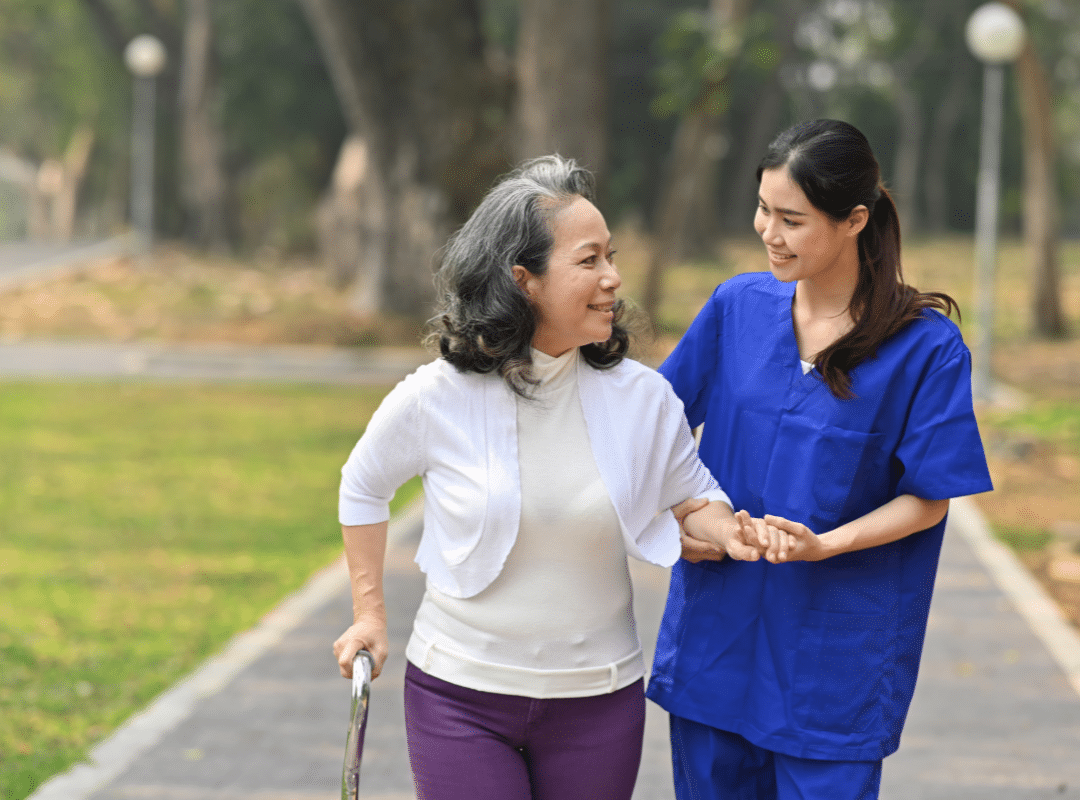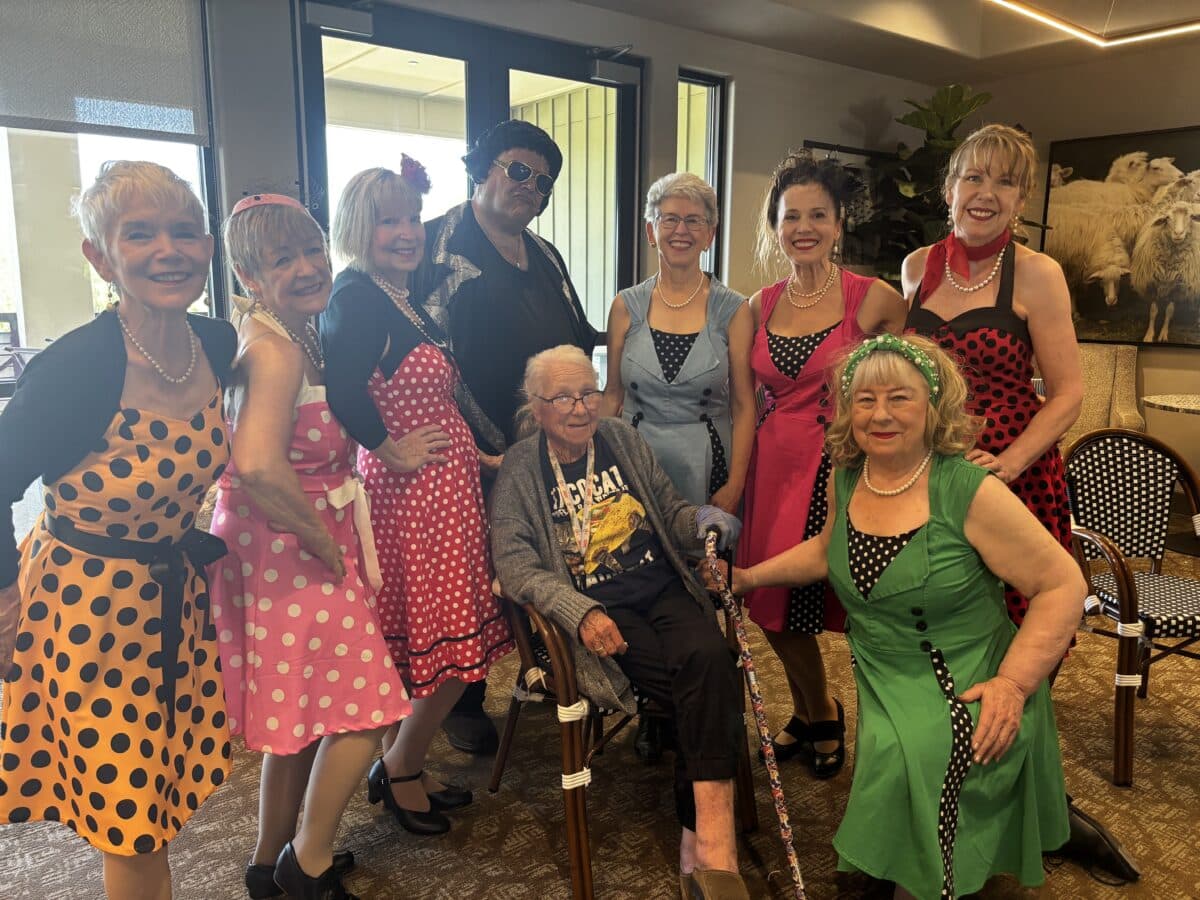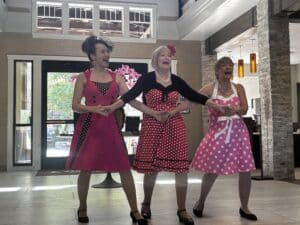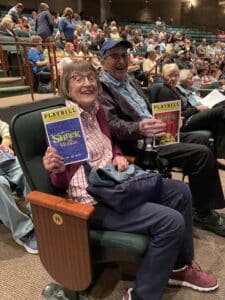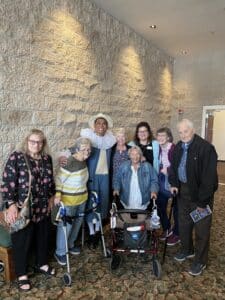Discover Pet-Friendly Assisted Living Options for Seniors
Finding the perfect balance between comfort, care, and companionship is essential in your golden years. That’s why pet-friendly assisted living communities, like The Oaks at Nipomo, offer a unique solution—providing both seniors and their beloved pets with a supportive, nurturing environment.
For many older adults, pets aren’t just animals—they’re family. That’s why The Oaks at Nipomo embraces the emotional bond between residents and their furry companions. Whether you’re new to senior living or exploring what options are best, choosing a place that welcomes pets can transform your lifestyle, health, and overall happiness.
Learn more about The Oaks at Nipomo and how it fosters this unique connection.
The Power of Pets in Assisted Living Communities
Choosing a pet-friendly assisted living environment benefits both physical and emotional well-being. Pets are known to reduce stress, lower blood pressure, and provide companionship that wards off loneliness. For those exploring what assisted living is for seniors, the presence of pets adds a level of emotional stability that enhances daily life.
According to the CDC, pet ownership is linked to decreased feelings of isolation and increased opportunities for exercise and socialization—key benefits for seniors. At The Oaks at Nipomo, pets are not just allowed—they’re celebrated as part of the community culture.
You’ll also find pet-focused activities like community walks, group training classes, and wellness sessions that bring joy to both pets and their owners. And if you’re specifically searching for pet-friendly assisted living near Nipomo, CA, you’ll be pleased to know that The Oaks offers just that.
Understanding What Assisted Living Is for Seniors
Many people ask: What is assisted living for seniors? In short, it’s a residential solution designed for older adults who need help with daily activities like bathing, dressing, or medication management, but still want independence and social interaction.
A senior living community with pet-friendly policies adds another layer of comfort. It allows residents to maintain routines with their pets—feeding, walking, cuddling—which promotes mental engagement and physical activity.
If you’re transitioning into assisted living, having your furry companion by your side can make the process significantly easier. The emotional support and familiarity they provide are invaluable, especially in a new environment.
For more insight into how pets improve senior care, read this article on pet benefits.
Pet Policies That Protect Everyone
While most pet-friendly assisted living in the US for seniors welcomes animal companions, each community may have different policies. These rules ensure safety and harmony among all residents.
Here’s a breakdown of what you’ll commonly find:
| Policy Aspect | Description | Notes |
| Breed Restrictions | Some breeds may be restricted | Check with the community first |
| Size Limits | Weight limits often apply (e.g., 25-50 lbs) | Confirm during your tour |
| Vaccinations | Required for all pets | Protects resident and pet health |
| Fees | May include pet deposits or monthly fees | Budget accordingly |
You can learn more about such pet policies by visiting communities like Lakeview Assisted Living, which detail both resident and pet needs in their personalized care plans.
Financial Planning for You and Your Pet
When exploring senior living, it’s essential to consider both human and pet-related expenses. Many pet-friendly assisted living communities include modest pet fees, deposits, and requirements for pet insurance.
Some smart budgeting tips include:
- Plan for monthly pet fees
- Factor in grooming and vet costs
- Invest in pet insurance
This financial preparation ensures you’re not surprised by hidden costs and allows you to focus on what truly matters—spending quality time with your pet in a loving environment.
Also, communities like Westmont of Encinitas recognize how pets reduce loneliness, which ultimately contributes to a better quality of life.
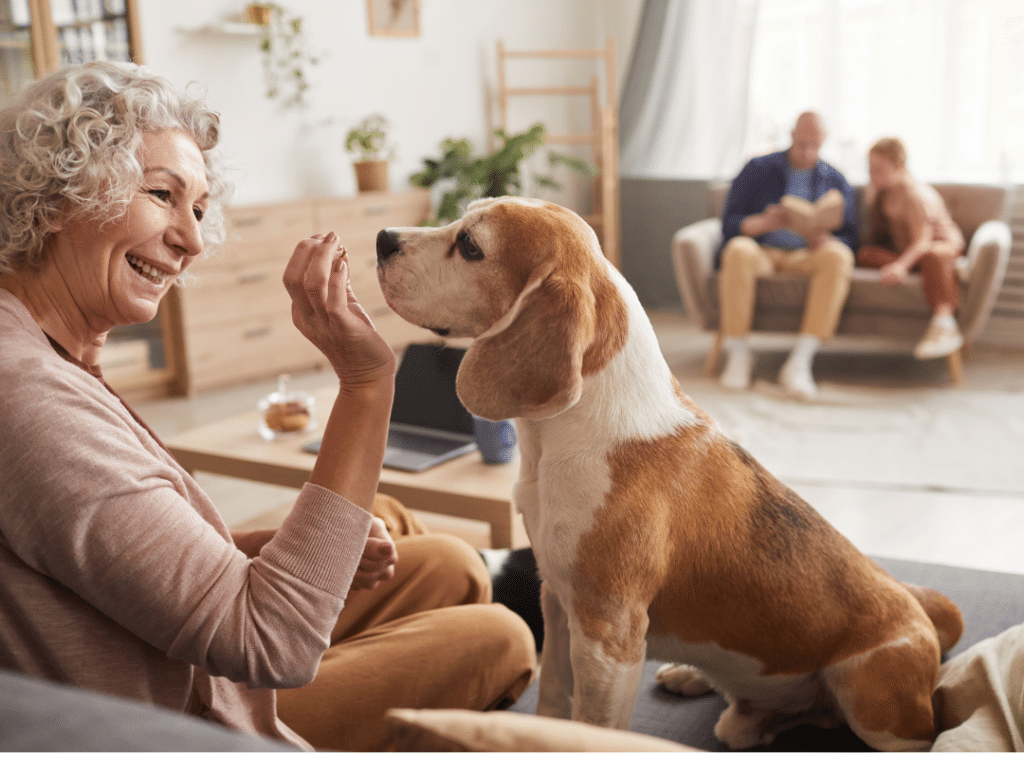
Enhancing Social Connections Through Pet Companionship
Social interaction is a critical part of senior living, and pets play a major role in encouraging it. Walking your dog or attending pet-friendly events helps residents connect naturally.
Some benefits include:
- Group pet walks and “Yappy Hours”
- Shared pet care tips and bonding stories
- Therapy animal visits and demonstrations
You can see how these activities are integrated at The Oaks at Nipomo, where pet-friendly living is more than policy—it’s a lifestyle.
Tailored Care Plans for Pets
Communities like The Oaks provide personalized care plans not just for residents but also for pets. These plans ensure animals receive regular vet visits, proper nutrition, and exercise routines.
| Service | Description | Why It Matters |
| Vet Check-ups | Regular monitoring | Prevents health issues |
| Nutrition Planning | Customized meal schedules | Supports energy & longevity |
| Pet Exercise | Designated walking paths | Boosts physical health |
For more on how personalized care impacts overall wellness, check out this resource.
Bonus Services That Make a Difference
What truly makes a community stand out is its additional services. Whether it’s on-site vet clinics or social enrichment programs for pets, pet-friendly assisted living near Nipomo, CA, goes above and beyond.
Pet Training and Nutritional Guidance
Some facilities offer:
- Basic obedience training classes
- Nutritional assessments
- Behavioral support for anxious pets
These services enhance your pet’s quality of life and make daily care easier.
On-site Veterinary Support
Avoiding frequent off-site trips is especially important for seniors with mobility challenges. Many communities provide:
- Regular check-ups
- Vaccination drives
- Emergency support
This level of convenience is a game-changer for seniors wanting stress-free living with their pets.
Pet Socialization Events
Monthly playdates, birthday celebrations, and pet costume contests are just a few events that help your companion feel like part of the family.
These joyful activities not only enhance your pet’s experience—they deepen your own connection to the community.
How to Choose the Right Pet-Friendly Assisted Living
If you’re looking for pet-friendly assisted living in the US for seniors, keep these tips in mind:
- Tour the property to see how pets are treated
- Ask detailed questions about pet policies
- Review available amenities for pet care
- Look for nearby walking trails and dog parks
Make sure the environment fits both your lifestyle and your pet’s temperament. And when searching locally, you’ll find that pet-friendly assisted living near Nipomo, CA, such as The Oaks at Nipomo, checks every box.
Take the First Step Toward a Joyful Life With Your Pet
Choosing a pet-friendly assisted living community means choosing a lifestyle full of comfort, companionship, and joy. At The Oaks at Nipomo, both you and your pet are welcomed with open arms, ensuring every day is filled with warmth and support.
From personalized care plans to social enrichment and on-site pet services, The Oaks provides everything you need to thrive. Don’t wait to make the best decision for you and your furry companion.
📞 Call (805) 723-5206 or schedule your tour today to experience firsthand how The Oaks can be your next home.
Frequently Asked Questions
What is the most pet-friendly place to live?
The most pet-friendly place to live often depends on your lifestyle and location preferences. Cities like Portland, Oregon, and Austin, Texas, are known for their abundance of pet-friendly parks, walking trails, and housing communities that welcome pets. Many senior living communities are also adapting by offering pet-friendly assisted living options, allowing residents to keep their beloved companions. When choosing, consider access to outdoor spaces, veterinary care, and community rules regarding pets.
How much does assisted living cost in the US?
The cost of assisted living in the US varies widely depending on location, services, and amenities. On average, monthly costs range between $4,000 to $6,000, with some states being more affordable while others are significantly higher. Expenses generally include housing, meals, personal care, and social activities, though specialized care like memory support may cost more. Families are encouraged to compare communities and explore financial options such as long-term care insurance or veterans’ benefits to help manage the costs.



